There are three main layers of earth based on the chemical composition, including: Crust, Mantle, and core. However, if we distinguish the layers of Earth based on their Mechanical composition, then there are seven main layers of Earth which includes; the Crust, Mantle, Lithosphere, Asthenosphere, Lower mantle or Mesospheric Mantle, outer core and inner core.
How many layers does planet Earth have?
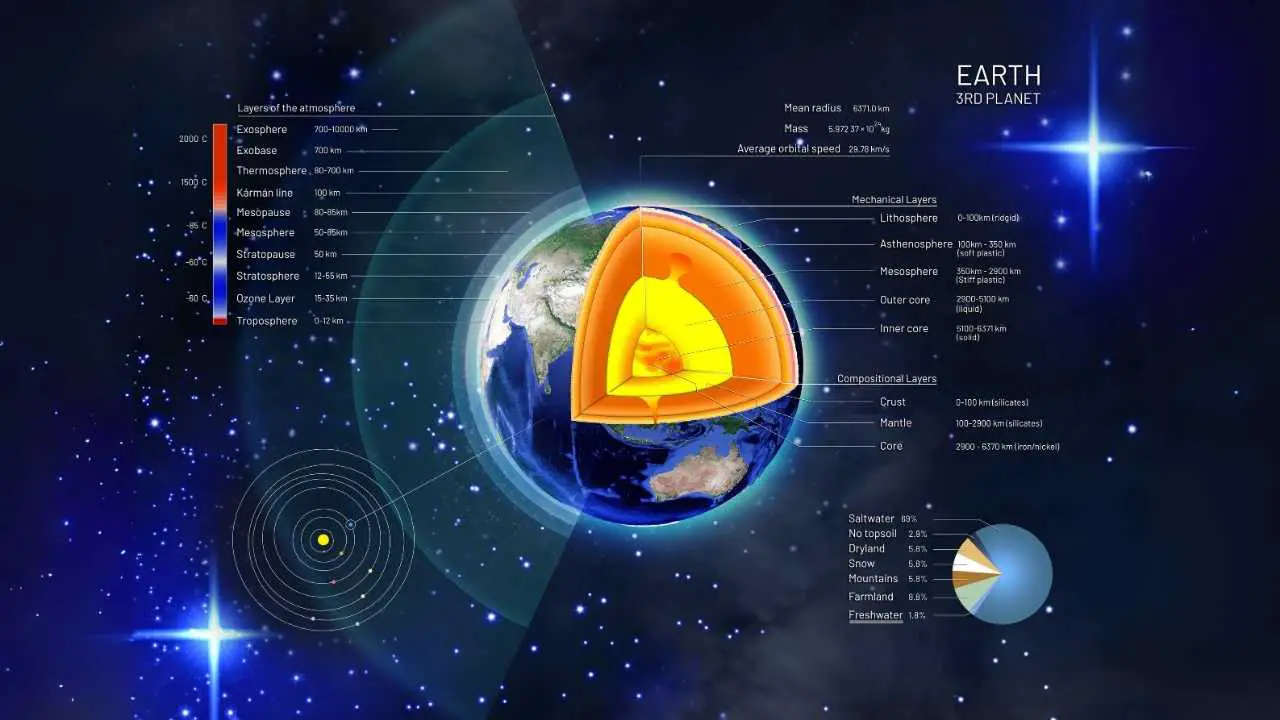
Earth has three main layers only Crust, Mantle, and Core. These layers are further distinguished based on their mechanical properties and are named; Lithosphere, Asthenosphere, Lower mantle / Mesospheric Mantle, outer core and inner core.
Also Read: How will life end on Earth?
Each layer has its own temperature and different properties. Scientists have explored them using different techniques such as; Seismic Monitoring etc. Moreover, scientists have tried drilling into the Earth’s layers to enhance their knowledge about them further. This knowledge will significantly help us guard ourselves from natural disasters.
What are the 7 layers of earth?
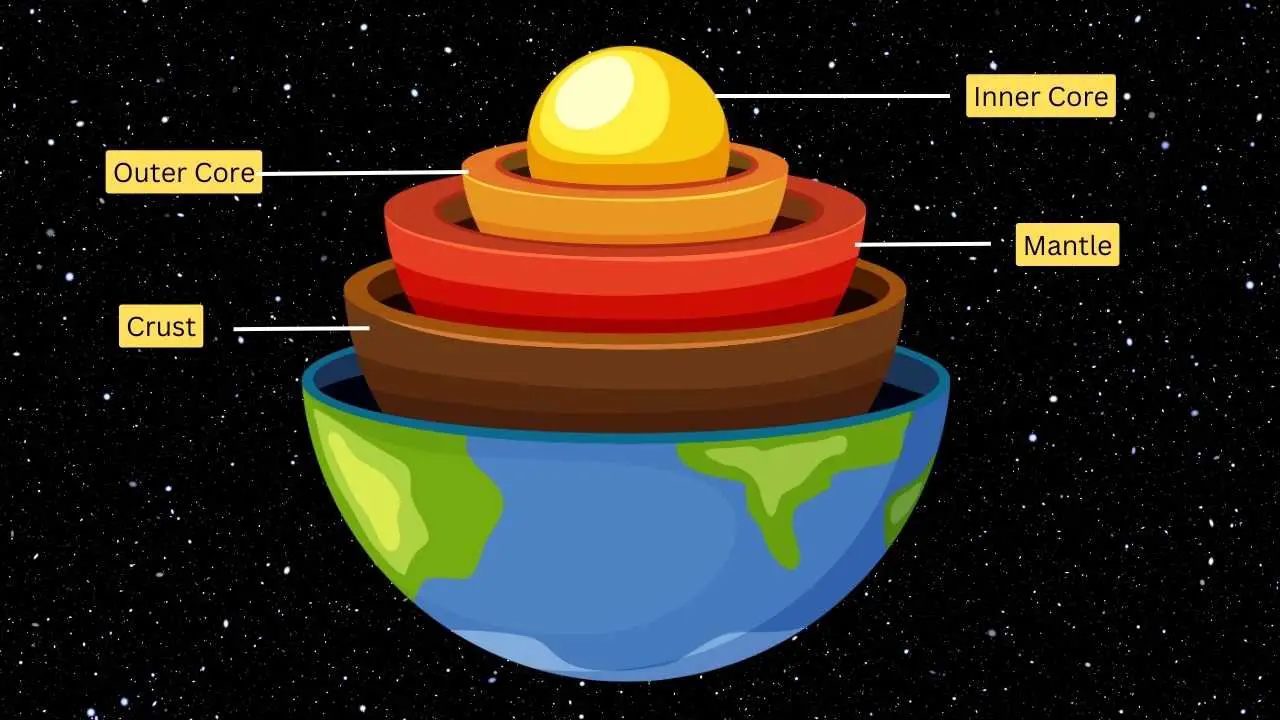
The seven layers of Earth are as follows:
- Crust: Thinnest yet most solid outermost layer of Earth where humans live.
- Mantle: Contains hot dense liquid material, therefore categorised as semi-solid rock called magma.
- Outer Core: Contains iron and nickel in the form of liquid. The movement of iron and nickel causes the Earth’s Magnetic Field.
- Inner Core: The hottest part of the Earth, composed mostly of iron in a solid state caused due to the immense pressure of the upper layers of Earth. This is why it can not melt.
Also Read: What exactly is an earth like planet?
Following Layers of Earth are distinguished based on their Mechanical Properties:
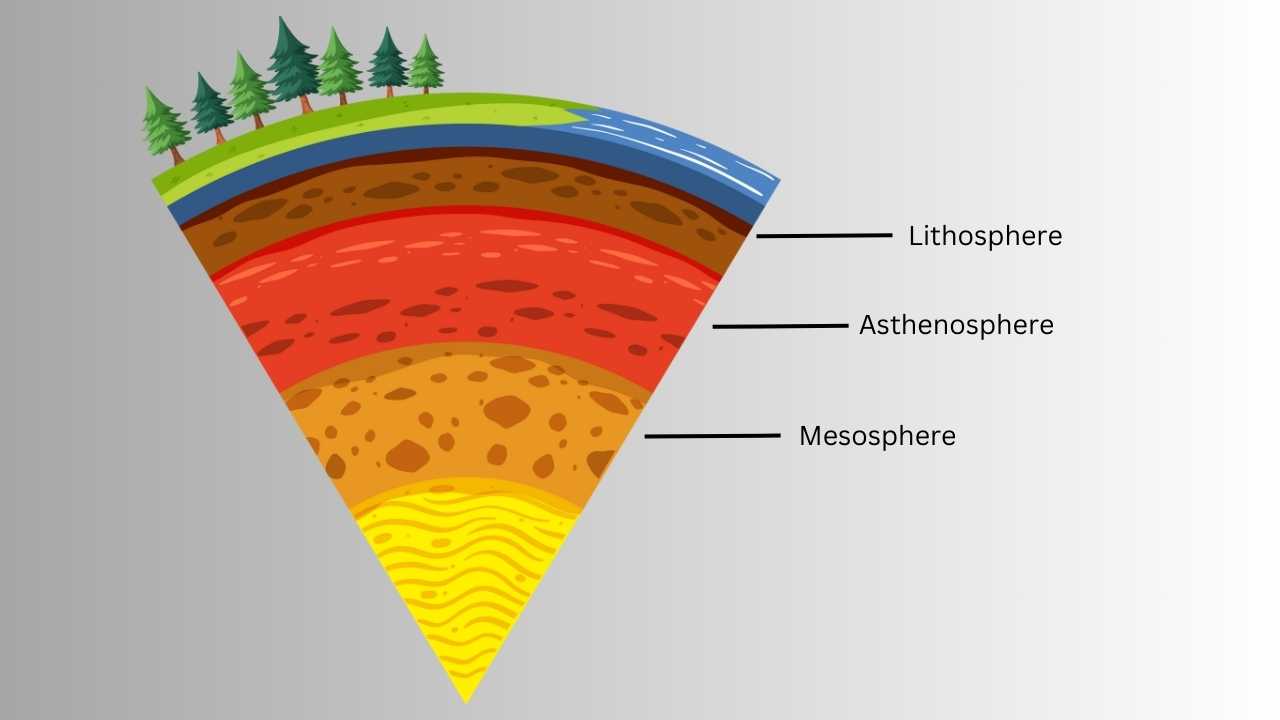
- Lithosphere: This layer is the thick outermost layer of Earth, divided into 15 major tectonic plates. This layer is the coolest layer of all the layers of Earth, enduring all the seismic events and volcanoes.
- Asthenosphere: This is the upper part of the mantle marked at 1300c isotherm, containing highly viscous ductile material.
- Mesosphere: This layer lies under the above two layers of Earth: the Lithosphere and the Asthenosphere. However, it is still above the outer core and refers to the mantle.
Which is the hottest layer of Earth?
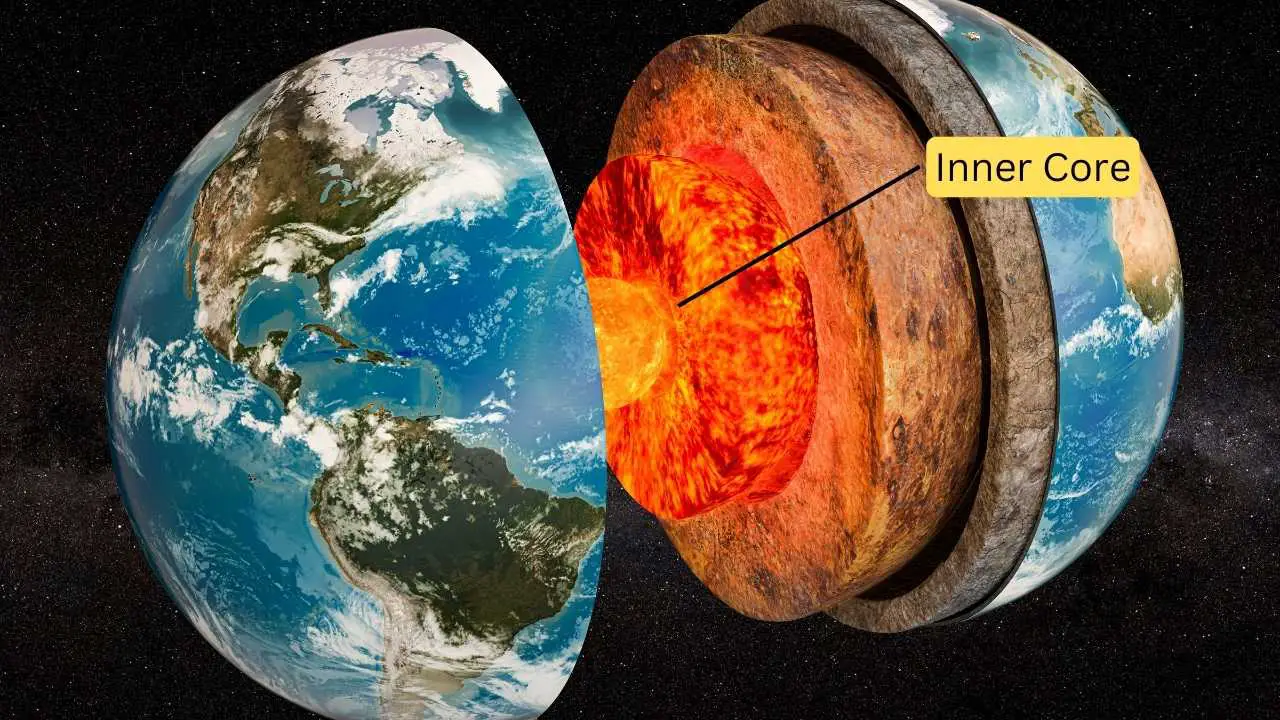
The Inner Core is the hottest layer of Earth with about 5,200° Celsius (9,392° Fahrenheit) temperature. This hottest layer is believed to be smaller than our moon (about 750 miles or 1200 km) and is entirely made up of iron.
Also Read: Could a black hole destroy earth?
Which is the coldest layer of Earth’s Interior?
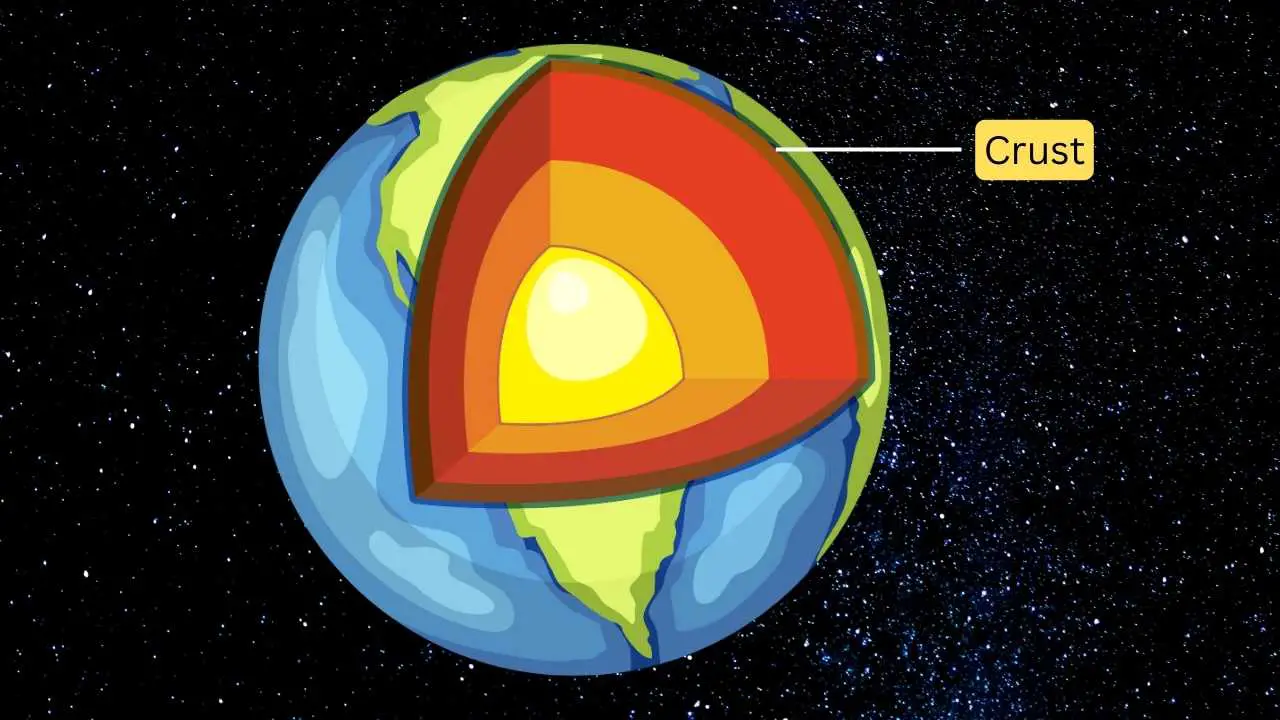
The Crust is the coldest layer of Earth’s Interior (400 to 750 degrees Fahrenheit (200 to 400 degrees Celsius). Crust is where we live! It has the most abundant elements including; oxygen, calcium, iron etc.
Additionally, Earth’s crust contains all the important elements, combining to form several minerals, members of the silicate family, plagioclase and alkali feldspars, quartz, pyroxenes, amphiboles, micas, and clay minerals. Moreover, it has all three types of rocks including, igneous, sedimentary, and metamorphic.
Which layer of Earth is liquid?
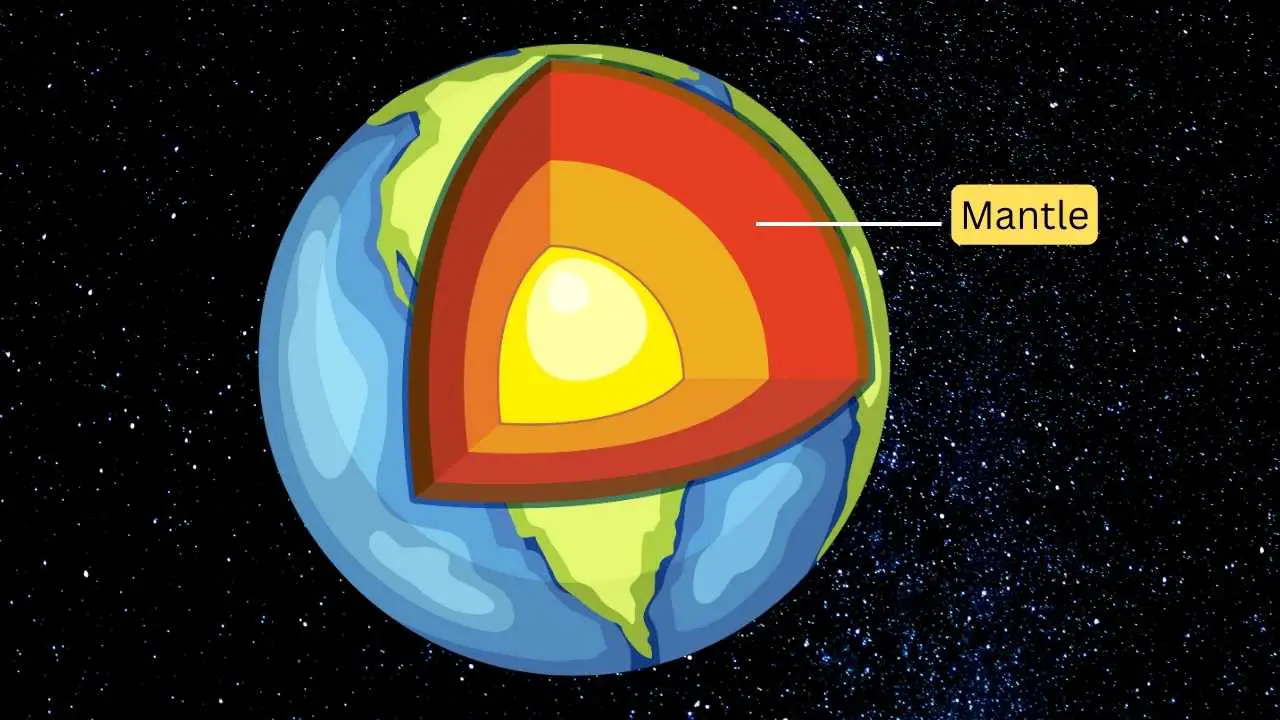
🔬 Subscribe to SciMail
Get the latest science discoveries straight to your inbox!
The mantle is a hot liquidy layer of Earth with a temperature of 932 to 1,652 degrees Fahrenheit, and 500 to 900 degrees Celsius. This layer is made up of semi-solid rock material known as magma. Volcano Eruption is a good example of magma. Whenever there is an explosion, you should know that this is the expulsion of gases, rock fragments, and molten lava from within the mantle layer of Earth making its way up through the weak points of the Crust.
Also Read: Is there an asteroid headed towards earth?
Which layer is the thinnest?
Crust is the thinnest layer of Earth with a thickness of approximately 40 kilometres (25 miles). It is divided into fifteen major tectonic plates with a firm centre. Many seismic events like Earthquakes and Volcanic Eruptions occur on the boundaries of the crust.
What is the thickest layer?
The mantle is the thickest layer of Earth. It is 1800 miles (2900 kilometres) thick, making almost 85% of the Earth. Mantle is sandwiched between the crust and the outer core. The upper part of the mantle is rock hard, however, its lower part is relatively soft. This semi-solid rock is made up of magma.
How do scientists learn about the interior of Earth?
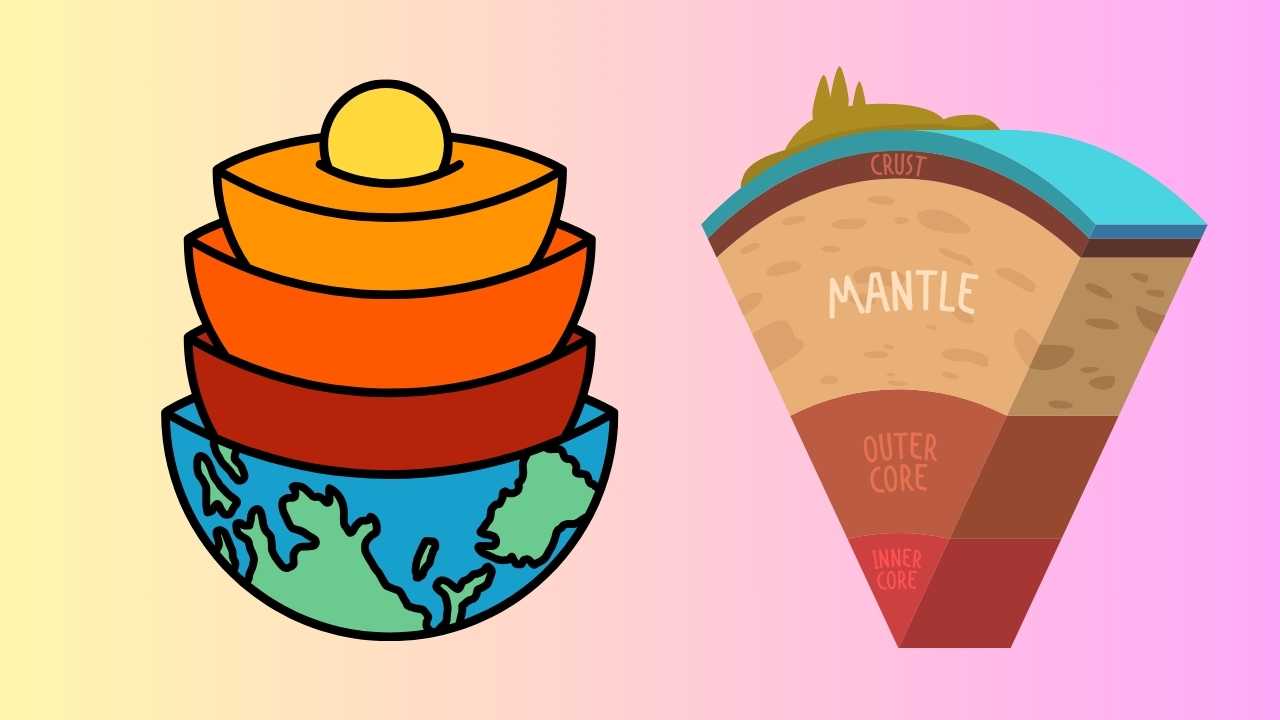
The scientific observation to understand the internal structure of multiple layers of Earth is taken by seismic monitoring. Seismic monitoring involves the measuring of sound waves caused by seismic events such as Earthquakes and volcanic eruptions. Passing through each layer of Earth, the velocity of sound waves reduces, causing refraction.
Scientists calculate this refraction using Snell’s law to ascertain variations in density. They combine these findings with other measurements like; the gravitational and magnetic fields of Earth and experiments using crystalline solids at pressure which contribute to our ability to visualise the composition of Earth’s Layers.
Why is it important to study Earth’s Layers?
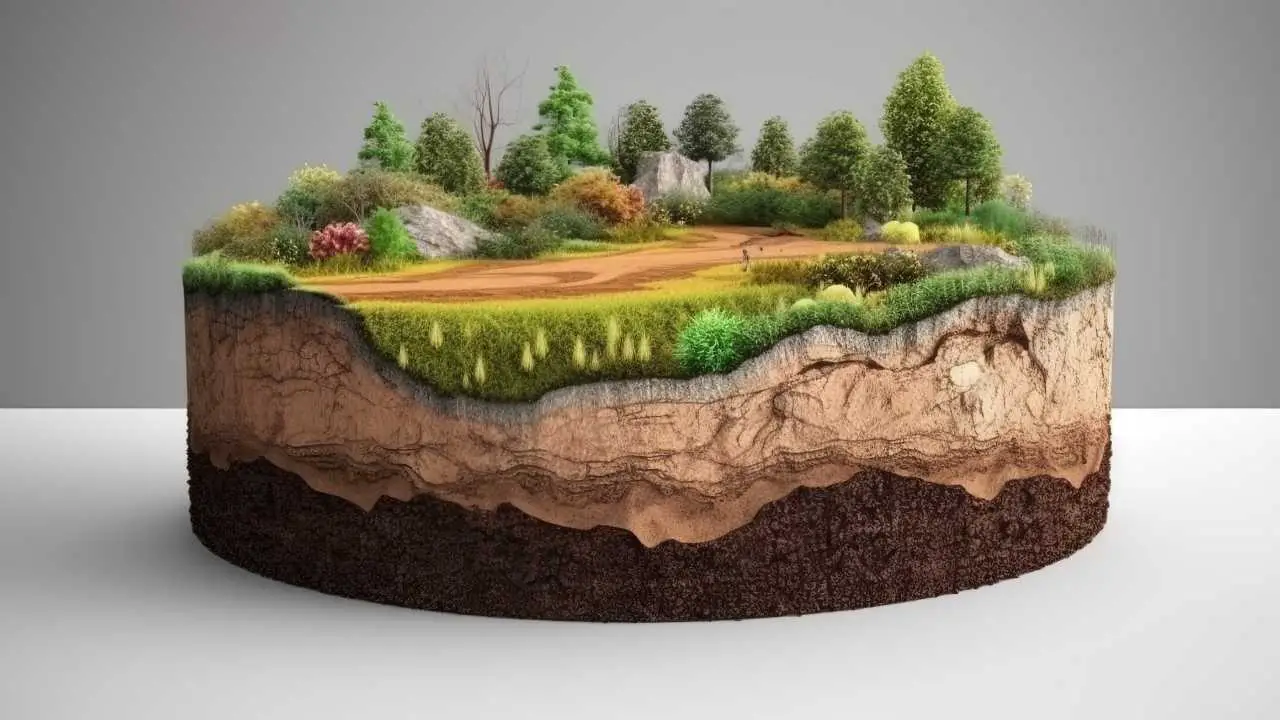
It is quite important to study the layers of Earth due to several reasons. Since we live on the crust and meet earthquakes, volcanic eruptions, sinkholes, and changes to rivers and creeks now and then. By studying Earth’s Layers, there is a greater chance that we will minimise the risk of destruction caused by these natural disasters.
Additionally, studying these layers will also help us better understand climate change, the composition and structure of earth through seismic waves, evolution of life through studying rocks and fossils and finding valuable resources such as; minerals, coal and oil.
FAQ’s
What are the four layers of earth?
The four layers of Earth include: Crust, Mantle, Outer Core, and Inner Core.
Does the earth have 4 or 7 layers?
Earth has only three main layers: Crust, Mantle, and Core. However, to better understand, scientists have subdivided all three of them based on their mechanical properties.
In which layer do we live?
We live on Crust which is the thinnest and coldest layer in all the layers of Earth.
Which is the centre and the hottest layer of the Earth?
The Inner Core is the centre and the hottest layer of the Earth with an estimated temperature of 5,400°C (9,800°F).

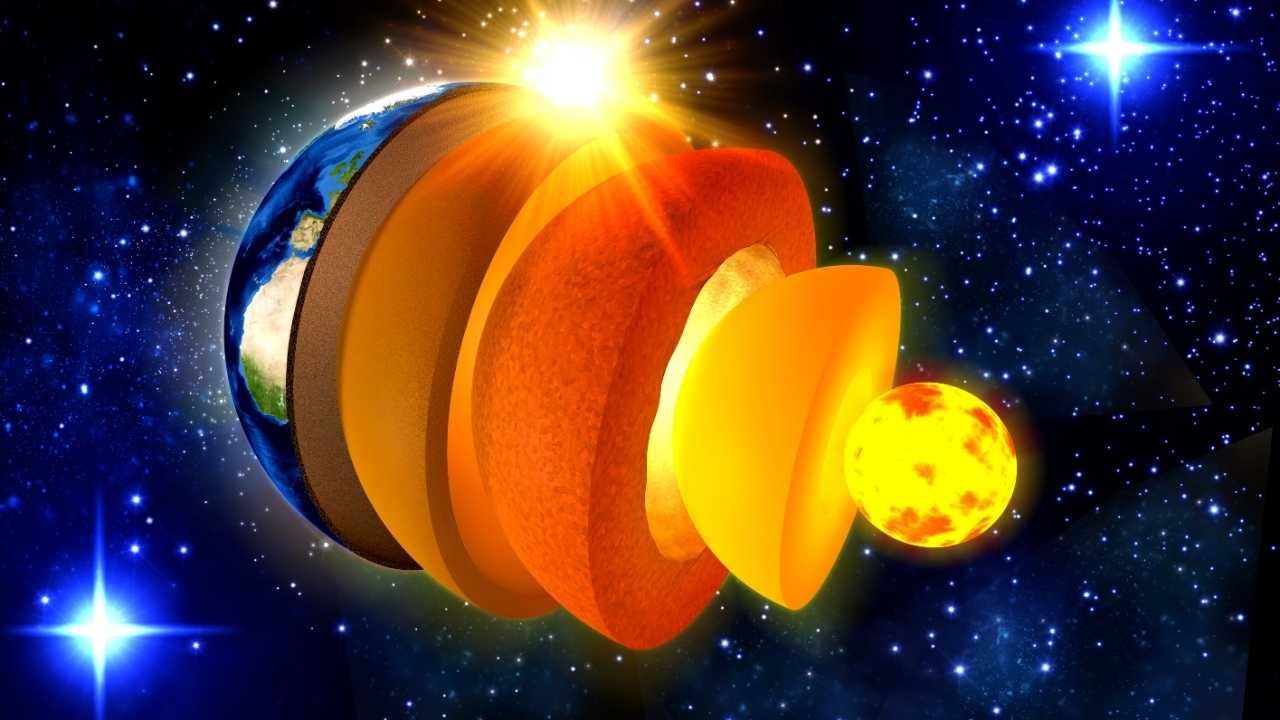
Leave a Reply